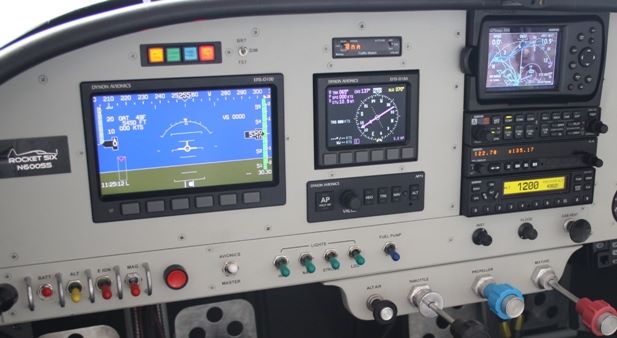It seems there are plenty of nomex clothing choices beyond flight suits. Winter is coming, gotta wear some kind of jacket anyway. Maybe I'll ask Santa for one of these:
http://www.flameresistantwear.com/Mens-Flame-Resistant-Zipper-Front-Sweatshirt-p-16473.html
Really like the idea of the hood. This kind of garment, coupled with nomex gloves and cotton jeans, seems like it would buy some time without any special effort. Winter is coming; you're going to wear a jacket anyway.
Good link Dan...some other good items there too, long sleeve henleys, fleece hoodies...good xmas list fodder for us impossible-to-buy-for guys (do you get the "I'm not buying you anything for the airplane for xmas" thing too?). Of course, when momma sees the site, she may query about the whole fire thing. When I say, "heck, get 'em in the kids' sizes too", it'll either be a very good thing, or a very bad thing (emotionally). Maybe I'll just get a few sets and have them in the hangar...

ARRRGH! I think this is just what I'm talkin' about.
I hear ya, but its a good way to talk about the prevention
and safety aspects of this. When accidents hit close to home, the "it could happen to me" button gets pressed hard, so talking out the various aspects aint all that bad. If it makes us safer as the mechanic (your b-nuts) and the pilot (protective clothing or procedures), its all good stuff! I have tan nomex gloves too...but no monogram!

From that procedural aspect, Tom asked a very good question yesterday too:
As a rule I take off and land with my electric boost pump on. This is standard practice in many low wing aircraft and is done as a back up in case the engine driven fuel pump fails in that critical phase of flight. I think that this is a valid precaution. The down side is that should you have an accident at this stage of flight there is a very good possibility that this boost pump will continue to pump fuel should you be too busy flying the plane to shut if off, or worse yet be unable to shut it off.
My thoughts then go to just how many mechanical boost pump failures on take of and landing are there? Does this mechanical pump tend to just quit or does it typically give some warnings before failure?
Perhaps it would be good enough to just check the boost pump before landing or take off. This would do two things; verify that it works, and remind yourself exactly where the switch is if you needed in those next few critical minutes.
Any thoughts?
Tom, I can't answer the question on mech pump reliability...perhaps there are readers out there that can. Thinking about it, there may be failure modes that allow fuel to continue to flow and a boost pump may keep the motor running, and perhaps there are catastrophic failure modes of the mech pump that block all flow to the engine, and a boost pump will do you no good in that scenario.
However, it seems to me the consequences of a low altitude failure would justify the use of the boost pump for TO and LNDG (for those non-catastrophic failures) and it also seems that fuel flow at TO is so high that supplementing with the boost pump is a good choice too.
Brings it back to the boost pump as your enemy after a survivable crash, which is a very valid concern. That's where I think boost pump switch placement and your emergency procedures come to play, as well as building the muscle memory you spoke of.
I placed my boost pump switch closest to the throttle, and set it apart from the rest of the switches just a bit...even put a different color cover on it (blue means fuel to me at work, so blue it is in my RV). I placed this and my other switches to support my takeoff, landing and emergency procedure flows. My engine failure procedures include (fly the airplane first, then) boost pump on, check engine contorls, switch tanks. My engine fire procedures include (fly the airplane first, then), fuel off, pull all the engine knobs (mixture, prop, throttle), and boost pump off. I just work the line across in each case. Here's a picture of my set up...just one guy's solution:

Each airplane is different, as is each pilot...that's just a set-up that works for me. If we each take the time to think this scenario through, set things up in a way that supports good response flows and actions, and practice it a bit, it should improve our response when the stuff hits the fan. Our response will not be perfect, almost guar-on-teed...but every little bit of prep and hangar flying (like this discussion) helps a bit! Good question Tom!
Cheers,
Bob





